Retirement is more than a time to relax—it’s a chance to redefine purpose and make an impact. For some, this means lending their skills to causes they care deeply about. Take the story of a retired engineer who has turned years of experience into groundbreaking work in affordable prosthetics design, creating life-changing solutions for those in need. This isn’t just a hobby; it’s a way of giving back, sparking hope, and proving that retirement can be a fulfilling chapter of service, innovation, and meaningful contribution.
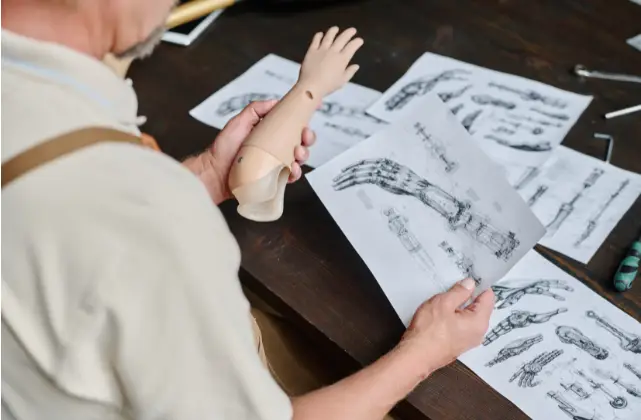
The Journey from Engineer to Prosthetic Designer
Retirement doesn’t always mean slowing down; it means pivoting toward meaningful contributions for some. An engineer turned prosthetic designer exemplifies this, transforming technical expertise into tangible, life-changing devices through affordable prosthetics design. Here’s how it all unfolded.
Early Career and Expertise
The retired engineer in question specialized in mechanical engineering, a field revered for its focus on problem-solving and precision. During their career, they honed vital skills such as:
- Structural design: Understanding material properties and forces was fundamental.
- Computer-aided design (CAD): Essential for creating detailed technical schematics.
- Collaboration: Working alongside multidisciplinary teams came naturally.
While initially applied to machinery and infrastructure, these skills would later serve as the foundation for designing advanced prosthetics. Engineers in such fields often develop creative problem-solving approaches crucial for adapting to new challenges. For those exploring similar transitions, this article offers insight into leveraging engineering backgrounds for a career in affordable prosthetics design.
The Decision to Switch Careers
What propels an individual to pivot after decades in one industry? For this engineer, it was personal. Witnessing a friend struggle with the lack of affordable prosthetics design sparked a fire to make a difference.
Challenges arose:
- Financial hurdles: Transitioning industries often involves the cost of education, equipment, or certifications.
- Skill gaps: While engineering provided a strong base, the medical aspects required learning from scratch.
- Skepticism: Others doubted whether an outsider to healthcare could succeed in such a niche domain.
However, these obstacles didn’t deter them. Their decision was fueled by a keen desire to address unmet needs in healthcare using their unique abilities.
Building the Foundation for His New Role
The transition from engineer to prosthetic designer wasn’t a leap but rather a methodical shift. They began by leveraging their mechanical engineering expertise to understand the physical mechanics of human movement, which was complemented by coursework in anatomy and bioengineering.
Here’s how they adapted:
- Bridging knowledge gaps: Enrolled in online medical design courses focusing on biomechanics and material science.
- Prototyping with a purpose: Applied CAD skills to develop prosthetic prototypes customized for individual specifications.
- Collaborating with clinicians: Partnered with physical therapists and orthotists to ensure functionality aligned with patient needs.
Are you curious about how you can start? Check out this detailed guide on skills needed for prosthetics design.
Contrast the complexity of designing a machine to creating something for the human body. Every millimeter mattered here—prosthetics needed to feel natural, lightweight, and durable. It was no longer about perfection in machines but comfort for people.
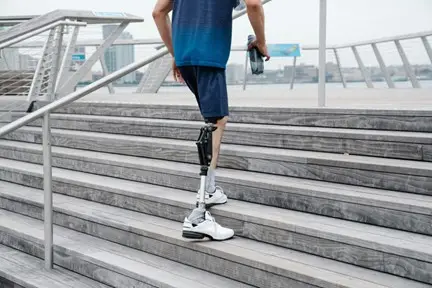
This engineer turned retirement into an avenue for empathy-driven innovation. A lifetime of skills culminated in designing devices that gave people more than just mobility; they gave them hope.
Tackling the Problem of Affordability
Affordable Prosthetics Design
Prosthetics have the potential to transform lives completely, yet their cost often creates insurmountable barriers for many. The engineer’s approach to affordable prosthetics design focuses on using modern technologies like 3D printing and CAD to reduce costs while maximizing customization.
The High Cost of Traditional Prosthetics
The price of traditional prosthetics is staggering. For many, a single prosthetic limb can cost anywhere from $5,000 to $50,000. What are the reasons for these high costs? They’re a combination of advanced materials, precision production processes, and the need for customization. But imagine living on a low-income or in a less-developed area. How would you afford this?
For low-income individuals, insurance often doesn’t cover enough, and lack of financial assistance leaves them stuck. Studies show that the burden of these costs leads many to opt out of prosthetic care altogether, even if it means negatively impacting their mobility and independence. To understand the true scope of these financial barriers, see this detailed report on the prohibitive costs of prosthetics.
This isn’t just a statistic; it’s a reality for thousands. The engineer recognized this gap and decided something had to change.
Using Engineering to Cut Costs
What if prosthetic technology could be made affordable without sacrificing quality? The retired engineer applied 3D printing and Computer-Aided Design (CAD) to achieve just that. These technologies slashed production costs while offering unparalleled customization.
- 3D Printing: Having parts created directly using digital files eliminates expensive molds and reduces material waste.
- CAD Software: Enables precise modeling, improving efficiency and reducing errors during the design process.
- Additive Manufacturing: Producing exact amounts needed rather than excessive material use.
The results? A prosthetic that can often be produced for under $500, a groundbreaking shift in accessibility. Learn more about how these innovations are lowering costs in this insightful article.
This isn’t just a theoretical idea; it’s actively happening now. By eliminating the expensive overhead of traditional manufacturing, the engineer is ensuring that more individuals can gain access to prosthetics without facing impossible financial hurdles.
Expanding Access to Underserved Communities
Creating affordable prosthetic designs is just the first step. The engineer understands that bringing these devices to those who need them most requires collaboration. That’s where outreach initiatives and partnerships come into play.
- NGO Partnerships: Organizations like LIMBS International and Limbs for Life help connect with communities in need, ensuring devices reach the right hands.
- Local Clinics: Collaborations with clinics and rehabilitation centers allow personalized fittings and follow-up care.
- Training Programs: The engineer ensures that repairs and adjustments can be made locally by training technicians in underserved areas.
These steps aren’t just helping individuals; they’re building infrastructure that will empower communities long-term. The focus isn’t just on providing prosthetics but also on providing the knowledge and tools for self-sufficiency.
Efforts like these remind us how retirement can evolve into something deeply fulfilling. For this retired engineer, it’s about more than just solving technical problems; it’s about changing lives.
The Impact of His Work
The retired engineer’s dedication to creating affordable prosthetics design goes beyond technical achievement; it’s about changing lives. His efforts highlight how one person’s work can ripple out, profoundly affecting individuals and communities. Let’s explore the tangible results of his contributions.
Transforming Lives
Imagine regaining the ability to walk, work, or hug a loved one with both hands after an amputation. For many, this retired engineer has made those moments possible. His prosthetics aren’t just tools; they’re lifelines.
One memorable case involves a teen athlete, Omar, who thought his soccer days were over after losing a leg in an accident. Thanks to the engineer’s affordable, custom-designed prosthetics, Omar is back in the field. His determination to play again inspired local youth teams and his story underscores the profound emotional restoration that prosthetics provide. The engineer isn’t just helping people move but helping them rediscover their identity.
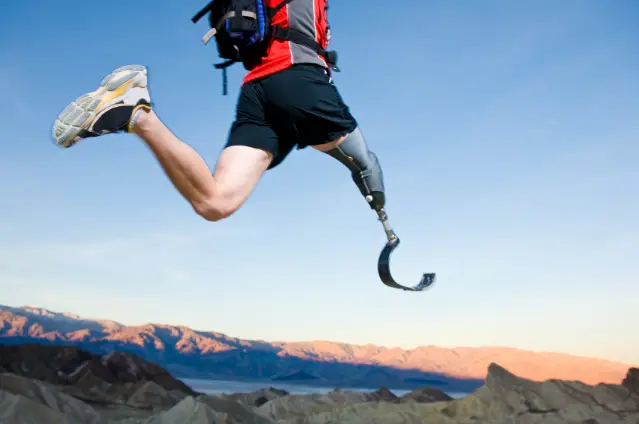
Another powerful example is Maria, a single mother who lost her hand in a workplace accident. The high cost of traditional prosthetics made her feel hopeless about supporting her family. However, the engineer’s model, produced for under $500, allowed Maria to return to work and care for her children. Lives transformed aren’t just measured in mobility but in confidence and opportunity.
For a broader look at how prosthetics change lives, please read this article on their life-enhancing impact.
Inspiring Others to Contribute
The retired engineer isn’t just improving lives; his story motivates others to step up. STEM professionals worldwide are increasingly inspired to use their expertise for good.
His work demonstrates that innovation doesn’t stop at retirement, a message particularly resonant in the STEM fields. Volunteering in humanitarian engineering has become a growing trend. Others have contacted him, asking how they can make a difference, whether by developing low-cost medical devices or mentoring young STEM enthusiasts.
Here’s how his efforts indirectly mobilize others:
- Educational Impact: Sharing his journey at workshops and conferences inspires students to explore real-world applications of STEM.
- Community Engagement: His collaborations with organizations like LIMBS International encourage a culture of giving in STEM communities.
- Accessible Resources: Engineers and makers are now tapping into open-source prosthetic designs inspired by his models.

Want ideas on getting involved and making an impact yourself? Check out this guide to STEM volunteering opportunities.
The lessons are clear: Retirement isn’t the end of one’s career, it’s a springboard for meaningful contributions that ripple far beyond the individual. As more STEM professionals follow his lead, the possibilities for change grow exponentially.
Through his actions, the retired engineer becomes a designer and torchbearer, guiding others toward a life of purposeful giving.
Challenges and Limitations

Transitioning skills to create affordable, life-changing prosthetics is no small task. While this retired engineer’s accomplishments are remarkable, the road hasn’t been without its hurdles. Challenges persist at every step, from balancing affordability with functionality to scaling efforts for increased impact.
Balancing Quality with Affordable Prosthetics Design
Creating affordable prosthetics designs without sacrificing functionality involves making difficult trade-offs in materials and production. Cheap solutions might compromise durability while prioritizing quality, making the devices unaffordable for those who need them most.
The materials used in prosthetics must meet stringent demands: They need to be lightweight, long-lasting, and comfortable when worn. Cutting costs typically involves compromises that can affect the prosthetic’s daily usability. Imagine if a device breaks after just a few months—what kind of impact would that have on the wearer? This is a reality the retired engineer is constantly mindful of.
To tackle these limitations, he employs 3D printing technologies and open-source designs. These innovations reduce waste, lower production costs, and allow precise customization. However, even with these tools, finding the perfect balance is a continuous effort. Issues like maintenance and durability often require ongoing evaluation. For instance, sweating or everyday wear can affect the prosthetic’s fit and performance. This article on common prosthetic challenges outlines more about overcoming such usability issues.
While progress is steady, challenges around sourcing affordable yet dependable materials remain a key focus. Through trial and collaboration, the goal is always to ensure that the outcome is both cost-friendly and effective.
Scaling the Initiative
As demand for affordable prosthetics grows, expanding the initiative becomes more complex. Scaling isn’t just about producing more devices; it’s about ensuring quality, accessibility, and seamless distribution to underserved areas.
One significant barrier is supply chain logistics. Building and distributing prosthetics often requires coordination across global networks, from sourcing materials to delivering finished devices. Additionally, training technicians in remote areas to fit and repair these prosthetics becomes crucial for their long-term utility. Scaling doesn’t just mean “making more” but creating the infrastructure to sustain and support this growth.
Partnerships with nonprofits and local organizations have been key to meeting these challenges. Collaborations with entities like LIMBS International ensure the devices reach the communities that need them most. Strategies like decentralizing production using 3D printers in local hubs help reduce costs while allowing faster response to specific needs.
However, the journey isn’t without its setbacks. Sometimes, limited resources or unforeseen logistical hiccups delay progress. Still, the engineer drives forward, knowing that every hurdle overcome brings urgent help to those in need. For more on this topic, this research on scaling prosthetic initiatives offers insightful strategies.

Although obstacles remain, every step forward brings life-changing solutions closer to those who need them most. Balancing innovation with impact drives this mission beyond just numbers—it transforms how we define giving back after retirement.
FAQs About Designing Affordable Prosthetics
Designing affordable prosthetics is a mission that combines creativity, practicality, and compassion. Let’s explore frequently asked questions about the journey, process, and impact behind this retired engineer’s innovative work.
What inspired him to transition from engineering to prosthetic design?
The inspiration came from witnessing personal struggles. A close friend facing life with outdated, cumbersome, and costly prosthetics became the catalyst. He saw the emotional and financial strain placed on amputees and their families.
With decades of engineering experience, he realized the skills he had honed could serve a new purpose—helping people regain independence. This wasn’t a lofty dream but a deeply personal decision to make practical devices accessible. His transition shows how seeing a problem up close can spark a powerful motivation to solve it. For more on where designers draw inspiration, explore Prosthetics Through The Ages.
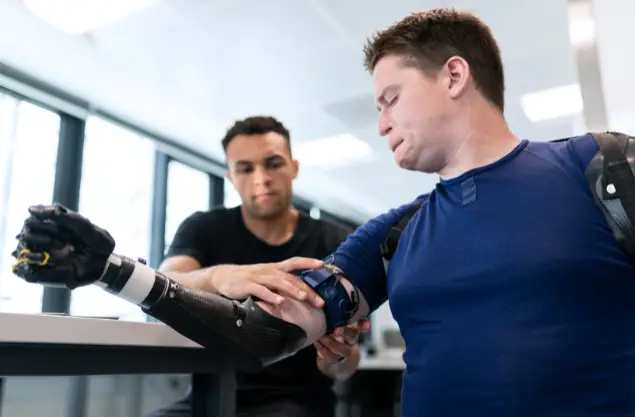
How do his prosthetics compare to commercially available models?
His prosthetics meet essential needs while eliminating unnecessary features that inflate costs. His designs are simple but effective compared to commercial options priced between $5,000 and $50,000.
The focus is on utility and comfort rather than unnecessary complexity. Amputees find them lightweight, durable, and customizable for everyday use. While they might lack advanced electronics or luxury finishes, their affordability opens doors for those otherwise excluded.
What materials does he use to keep costs low?
To drive affordability, he uses innovative materials and production methods. Key materials include:
- High-strength polymers: Durable, lightweight, and inexpensive compared to traditional alloys.
- 3D-printed components: Reduce waste while maximizing custom design flexibility.
- Recycled elements: Incorporating sustainably sourced parts wherever possible.
These choices are not just cost-effective; they’re resource-savvy, ensuring no material is wasted in providing mobility. For detailed insights into accessible materials, check out A Cost-Effective Prosthetic Leg: Design and Development.
Can others with engineering skills follow a similar path?
Yes! If you’re an engineer, the opportunity to apply your skills to healthcare is immense. The key is a willingness to learn new disciplines, especially biomechanics and anatomy. Many resources, including online courses, offer training to transition into prosthetic design.
His advice? Start small. To gain experience, dive into 3D printing or build existing open-source prosthetic designs. Communities like e-NABLE are excellent for connecting with others in this space.
Who funds the distribution of these prosthetics?
Cost shouldn’t restrict distribution. Funding for this initiative comes from:
- Nonprofits: Organizations like Limbs for Life provide crucial support.
- Grants: Local governments and private foundations contribute operational costs.
- Crowdfunding: Amputee stories often inspire grassroots financial campaigns that resonate with donors.
These partnerships ensure that prosthetics reach underserved populations quickly and effectively.
How does he collaborate with other professionals in healthcare?
Healthcare professionals are vital in aligning the engineering aspect with patient needs. His collaboration efforts include:
- Physical therapists: Evaluate whether the prosthetics enhance movement and functionality.
- Orthotists: Provide input to refine the prosthetic fit and comfort for wearers.
- Rehabilitation centers: Partners with organizations to offer fittings and follow-ups.
These collaborations bridge the gap between precision engineering and human-centric care.
Are his prosthetics available internationally or just locally?
Distribution currently spans both local and international communities. Locally, he partners with clinics and hospitals for immediate support. Collaborations with NGOs and relief agencies globally ensure prosthetics reach conflict zones, rural areas, and low-income regions.
Scaling efforts focus on creating decentralized hubs with 3D printers for on-the-spot fabrication. More partnerships are in the works to expand international coverage, showing how innovation and distribution go hand in hand.
This FAQ offers a window into the transformative work to make prosthetics accessible and affordable globally. Stay tuned for further sections exploring how his impact continues to ripple outward.
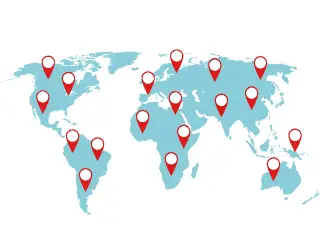
Conclusion
Retirement opens a powerful opportunity to channel years of expertise, passion, and time into something more significant. Whether through mentoring, volunteering, or innovating, giving back creates a profound sense of purpose and impact.
Take the time to explore causes that resonate with you. Maybe it’s education, healthcare, or environmental preservation. Your contributions can transform not just your life but the lives of others.
If you’ve been inspired today, ask yourself: What are you ready to give back? Retirement can be the start of your most fulfilling chapter yet.

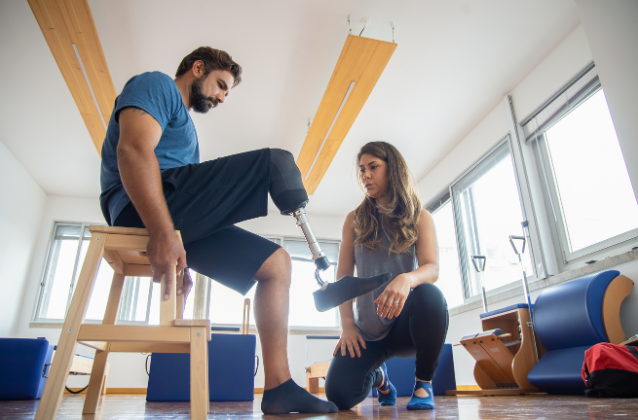



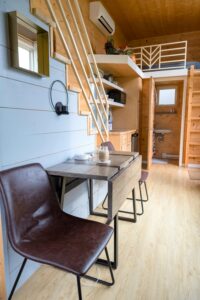



Add comment